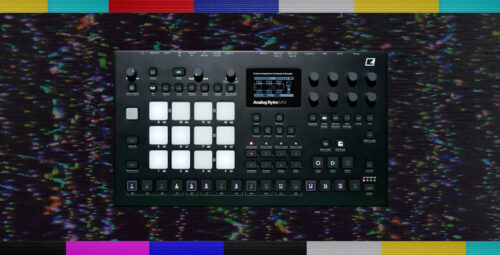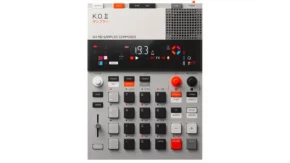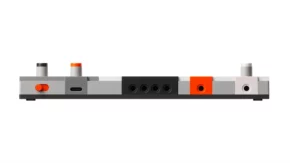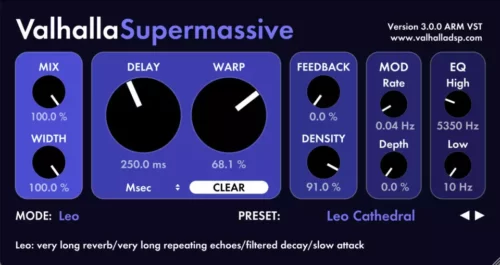Elektron Updates Analog Rytm MKI and MKII with New OS: Five New Sound Engines, Euclidean Sequencing & More
Elektron cannot stop releasing free updates to the Elektron Analog Rytm, including both the current model (Rytm MKII) and the original Rytm (Rytm MKI), introduced back in 2014.
Today, Elektron has announced Analog Rytm OS 1.70, a free comprehensive update that adds new sequencing options, five new machines, new synthesis parameters and more. Owners of the Rytm MKI needn’t miss out, either, as the new OS can be installed on both versions of the drum machine.

OS 1.70’s new machines include HH LAB, a sonic laboratory for designing metallic sounds; BD and SD ACOUSTIC, two machines aimed at recreating acoustic kicks and snares, SY CHIP, a machine that recreates the sound of Elektron’s now-discontinued SidStation synthesizer, and SY RAW, a synth engine lifted from the Syntakt that can be used to create a broad spectrum of melodic elements.
The new OS also upgrades Rytm’s sequencer, adding two Euclidean generators that enable the user to create complex polyrhythmic patterns based on Euclidean sequencing techniques.
Four of the Rytm’s existing machines have been updated and equipped with new parameters, while the Chromatic mode has been bolstered with new tuning capabilities, pad scales and fold functionality to make programming melodies easier.
OS 1.70 also brings a number of workflow tweaks and performance improvements to the Rytm.

Here’s what’s new in Analog Rytm OS 1.70:
- Euclidean Mode – Euclidean rhythms come from algorithms that divide ranges of time into equal parts, controlled by three parameters: steps, pulses, and offset. Elektron has added two Euclidean generators that you can combine to create complex patterns on your sequencer. Giving compositions so much unique adaptability, and so much potential for unexpected fun, all at the twist of a knob.
- New machines – There are five new Machines arriving on the Analog Rytm, bringing it up to a whopping 33. The additions include:
- HH LAB, a laboratory for the most outrageous of metallic experiments.
- SY CHIP, inspired by the SidStation, Elektron’s very first machine.
- BD and SD ACOUSTIC offer new options for kick and snares synthesis.
- SY RAW, a versatile favorite from Syntakt using Rytm waveforms, that can conjure deep bass tones, towering leads, and melodic percussion.
- New parameters – Four existing machines are getting new parameters to play with:
- Square waveform has been added to BD SHARP’s WAV parameter.
- A new pitch envelope parameter has been added to BT CLASSIC.
- Two new pulse width parameters are available in both CB CLASSIC and CB METALLIC.
- With the arrival of new melodic machines and even more parameters, it’s only natural to add refined tuning, hi-res semitones, pad scales, and fold functionality when using the pads in Chromatic mode.
- Page loop – The newly added Page Loop lets you work continuously with a specific sequencer page. Easily replay the page and take your time to get the sound just right, or go nuts in a live setting by adding tracks in and out of the loop.
- Other features include sound saving from sequencer trigs, random Slew option for LFOs’ RND waveform, customizable record length for sequencer in sampler, advanced parameter lock preview, random pattern name generator, GUI improvements, and performance improvements
Analog Rytm 1.70 Video Guide:
The Analog Rytm OS update is available now as a free download. The #adRytm is available for $1599 / €1599. Find out more on Elektron website.
“As an Amazon Associates, I earn from qualifying purchases”




